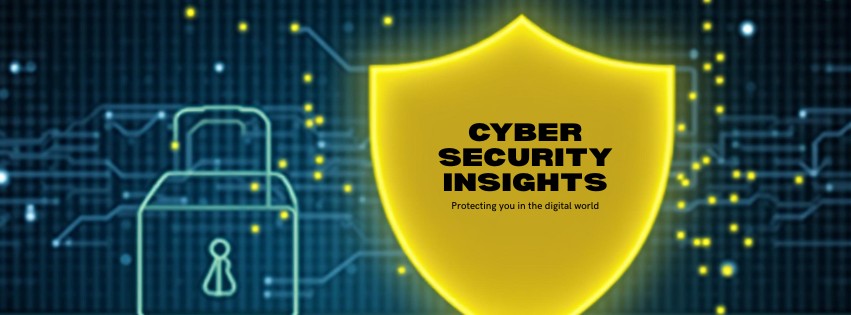
IT Gain Ingram Micro Internal Systems Hit by Ransomware Attack
# Ingram Micro Ransomware Attack: What You Need to Know
## Introduction
In the rapidly evolving world of cybersecurity, one of the most significant threats remains ransomware attacks. Recently, Ingram Micro, one of the leading global technology distributors, fell victim to such an attack. In this blog, we will delve into the details surrounding this incident, the implications for businesses, and how organizations can enhance their cybersecurity measures. We aim to provide you with a comprehensive understanding of this issue, complete with actionable insights.
### Outline
1. **What Happened: Overview of the Ingram Micro Ransomware Attack**
– Brief explanation of the incident
– Timeline of events
2. **Impact of the Attack on Ingram Micro and Its Clients**
– Immediate consequences for Ingram Micro
– Repercussions for partners and customers
3. **Understanding Ransomware: How It Works**
– Definition and mechanics of ransomware
– Types of ransomware threats
4. **Lessons Learned: Key Takeaways from the Ingram Micro Incident**
– Importance of robust cybersecurity measures
– The role of employee training and awareness
5. **Strategies for Safeguarding Your Business Against Ransomware**
– Recommended cybersecurity practices
– Importance of regular backups and updates
6. **Conclusion**
– Recap of the key points
– Call to action for businesses to bolster their cybersecurity measures
## 1. What Happened: Overview of the Ingram Micro Ransomware Attack
On [insert date], Ingram Micro experienced a ransomware attack that compromised its network and internal operations. This incident sent shockwaves through the tech distribution industry, highlighting the vulnerabilities even major corporations face in today’s digital landscape. The attack was confirmed to involve the encryption of critical data, rendering it inaccessible until a ransom was paid.
### Timeline of Events
– **Initial Breach:** Briefed on when the attack began and the first signs of infection.
– **Response Steps:** Overview of Ingram Micro’s response, including engagement with law enforcement and cybersecurity experts.
– **Resolution:** Time taken to restore services and data recovery efforts.
## 2. Impact of the Attack on Ingram Micro and Its Clients
The consequences of the ransomware attack on Ingram Micro were significant. Not only did it affect the company’s operations, but it also impacted numerous businesses relying on their distribution services. The downtime led to disruptions in sales and logistics, which could have a ripple effect throughout the supply chain.
### Immediate Consequences for Ingram Micro
– Suspension of services and operations.
– Financial implications and potential loss of customer trust.
### Repercussions for Partners and Customers
– Delayed shipments and disrupted supply chains.
– Increased vulnerability for client organizations due to reliance on Ingram Micro’s systems.
## 3. Understanding Ransomware: How It Works
### Definition and Mechanics of Ransomware
Ransomware is a type of malicious software designed to block access to a computer system or data until a sum of money is paid. It encrypts files, making them inaccessible, and the attackers demand payment (usually in cryptocurrency) for decryption keys.
### Types of Ransomware Threats
– **Cryptolockers:** Encrypt files on a victim’s system.
– **Locker ransomware:** Locks the device’s home screen and demands payment to regain access.
– **Scareware**: Tricks users into downloading false malware protection.
## 4. Lessons Learned: Key Takeaways from the Ingram Micro Incident
The attack on Ingram Micro serves as a wake-up call for many organizations. Some lessons we can derive include:
### Importance of Robust Cybersecurity Measures
Businesses need to invest in comprehensive cybersecurity solutions, including firewalls, intrusion detection systems, and end-user protection.
### The Role of Employee Training and Awareness
Employee training is critical in preventing ransomware attacks. Cyber hygiene education should include recognizing phishing attempts, secure password practices, and safe browsing habits.
## 5. Strategies for Safeguarding Your Business Against Ransomware
Organizations can adopt multiple strategies to protect themselves against ransomware attacks:
### Recommended Cybersecurity Practices
– Employ multi-factor authentication.
– Install and regularly update antivirus software.
– Conduct regular network audits to identify vulnerabilities.
### Importance of Regular Backups and Updates
Regular system updates and data backups can significantly reduce the damage caused by ransomware, allowing businesses to restore systems without paying ransom.
## 6. Conclusion
The Ingram Micro ransomware attack is a stark reminder of the ongoing threat posed by cybercriminals. By learning from this incident and taking proactive steps to bolster cybersecurity defenses, organizations can better protect themselves against future attacks.
### Call to Action for Businesses
Invest in cybersecurity education, implement robust protective measures, and ensure regular system backups. Together, we can create a safer digital environment.
—
This blog outlines the key aspects of the Ingram Micro ransomware attack while emphasizing the importance of cybersecurity in today’s technology-driven world. By engaging readers with clear titles, informative sections, and actionable takeaways, it aims to empower businesses to take proactive measures against cyber threats.





